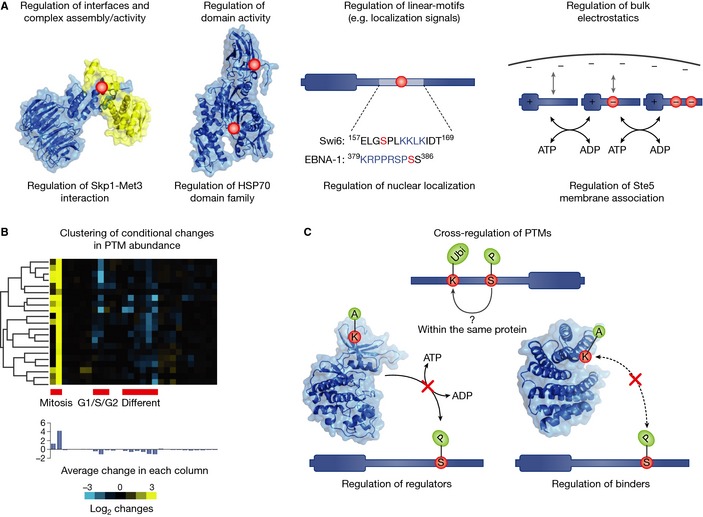Figure 3. Functional role of post‐translational modifications.

PTMs act to change the activity of proteins through different mechanism and in response to different conditions. (A) Different mechanism used by PTMs to regulate protein activity. (B) Example of conditional regulation of phosphorylation sites. A hypothetical dataset of conditional regulation of phosphosites under different conditions was subjected to hierarchical clustering. The cluster shows a set of co‐regulated sites that is up‐regulated during mitosis and down‐regulated during stem‐cell differentiation and G1/S/G2. This cluster illustrates how patterns of co‐regulation provide additional functional annotation to PTMs. (C) Mechanism of cross‐regulation between different PTM types. Two different PTM types have been observed to cross‐regulate each other in the same protein where for example a phosphosite may recruit an E3‐ligase promoting protein ubiquitylation. The regulatory enzyme of one type can be regulated by modification of another type such as the regulation of protein kinases via acetylation (regulation of regulators). Additionally, a binder for one PTM type may be regulated by a modification site of a different type. This has been observed for 14‐3‐3 domains which can bind phosphosites and have been shown to be regulated by acetylation (regulation of regulators).
